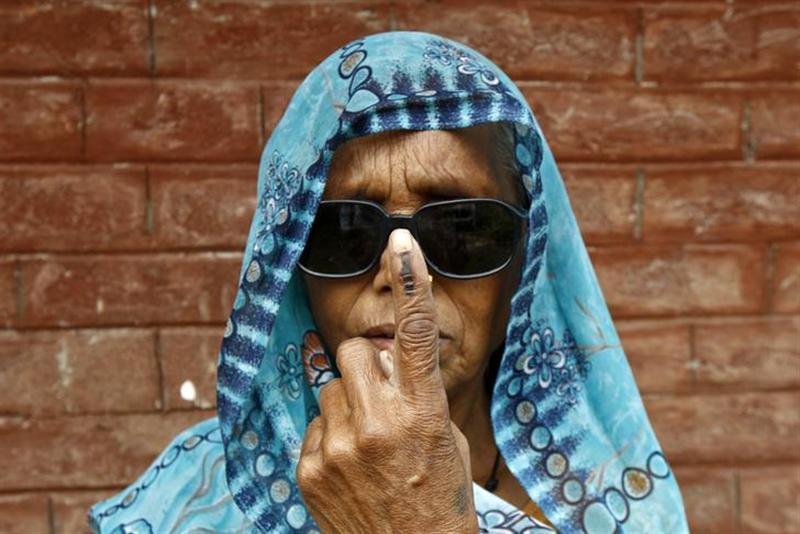In light of the recent 2019 Lok Sabha elections, Kruthika R. writes about the First-Past-The-Post electoral system and why it was chosen in the first place. Looking at the arguments for and against the FPTP system as opposed to one of proportional representation and transferable votes, she assesses whether they still stand in today’s context.
Excerpts from the article:
“Kazi Syed Karimuddin offered the strongest critique of FPTP and made a case for adopting proportional representation. He sought to move an amendment to substitute FPTP with “system of proportional representation with multi-member constituencies by means of cumulative vote.” He argued that FPTP created ‘tyranny of the majority’ and should be remedied through proportional representation.
…
M. Ananthasayanam Ayyangar was not convinced by these demands. He offered two argumentsagainst proportional representation. First, as certain constituencies have a large population, its implementation becomes impractical and administratively difficult. Second, he believed that this system was too ‘advanced’ for our nation which had a poor literacy rate.
…
It is important to ask if the reasons why FPTP was chosen over proportional representation are still relevant. The recently concluded Lok Sabha election has several stories to tell. More than 90% of the elected members of parliament are Hindus and half of them are from “upper” castes. So where are India’s diverse voices?”

